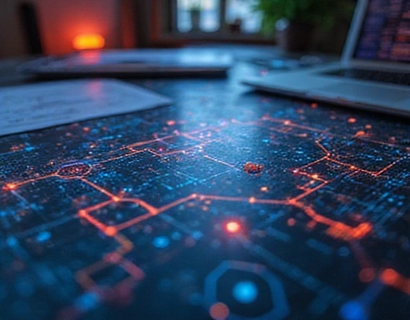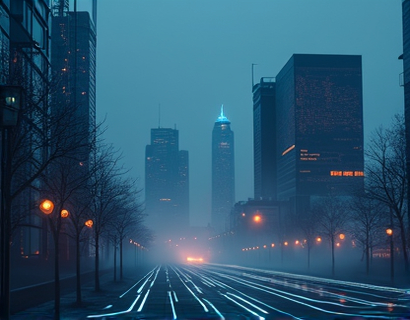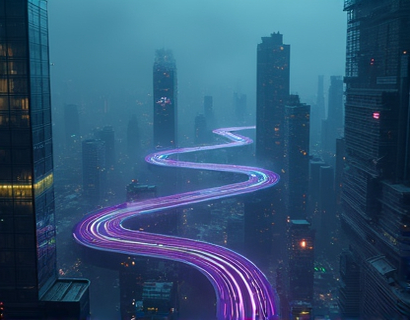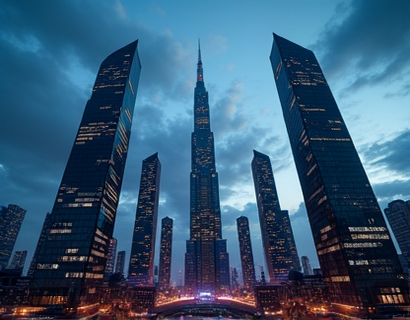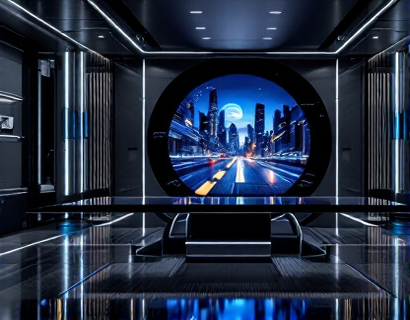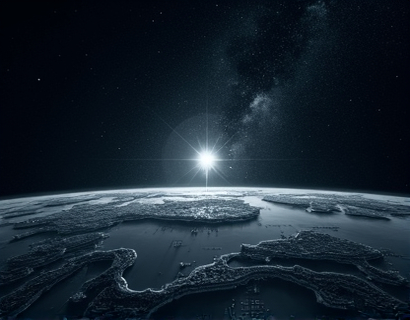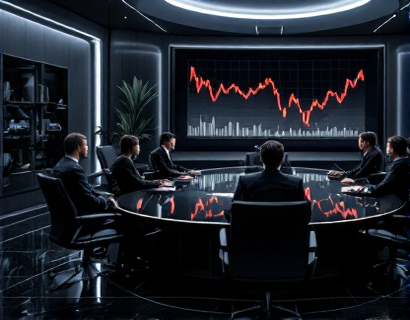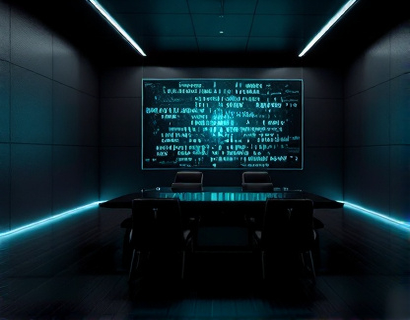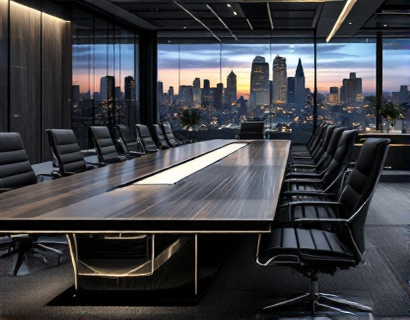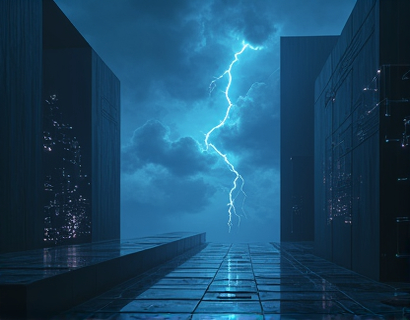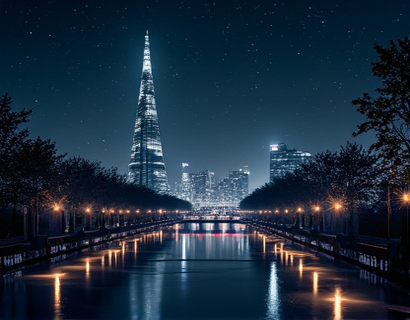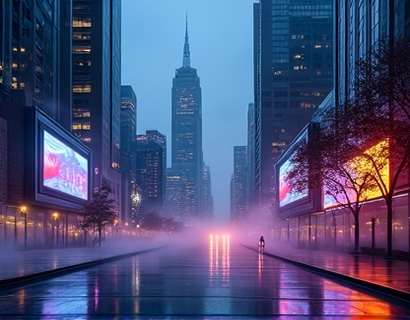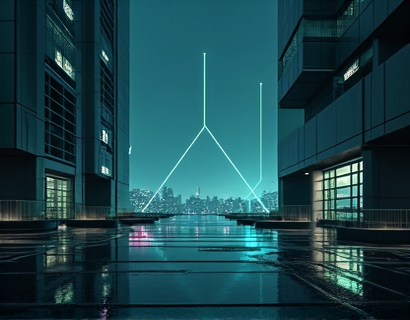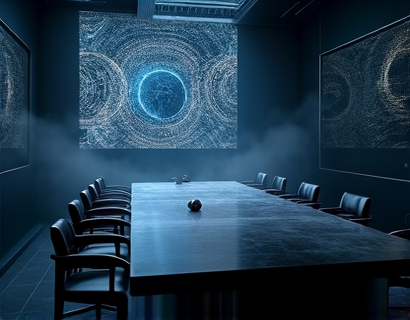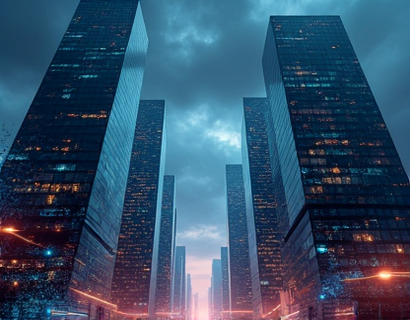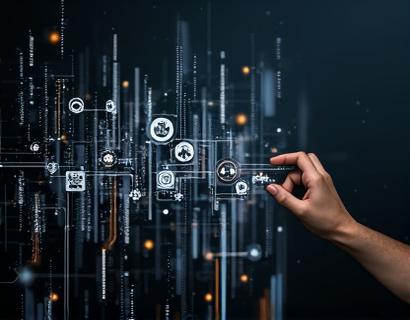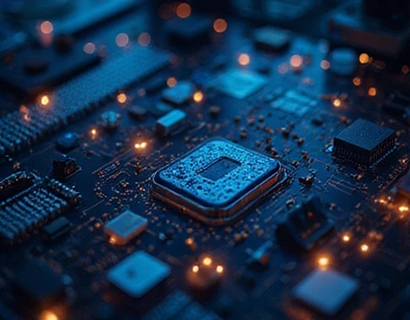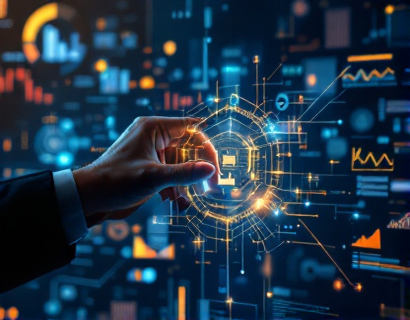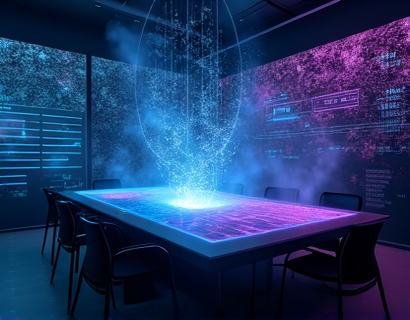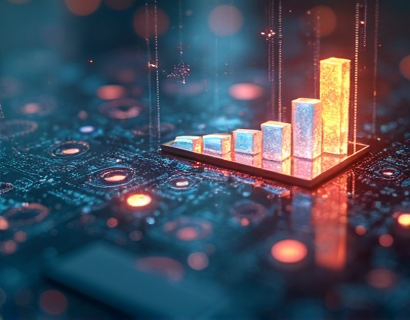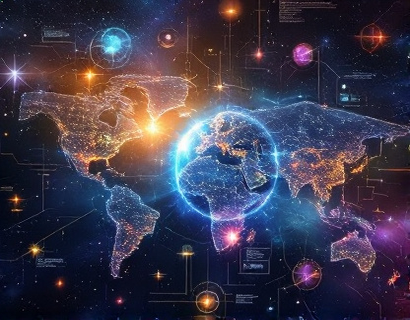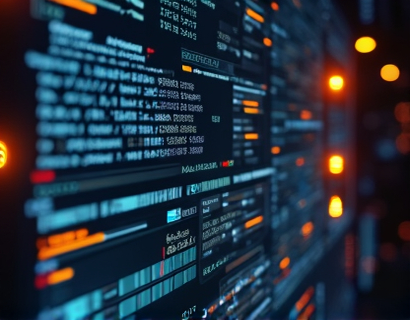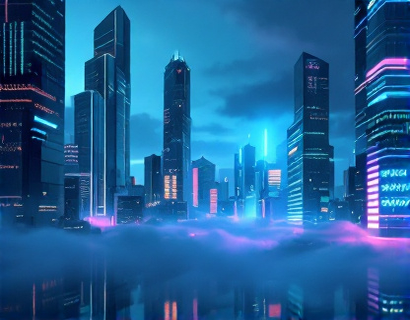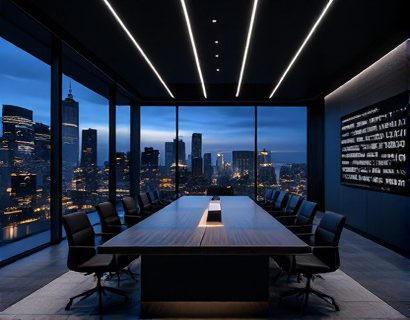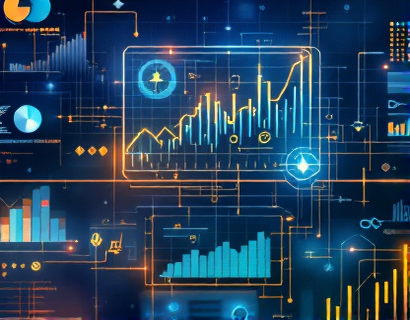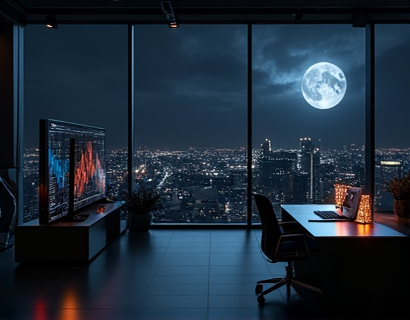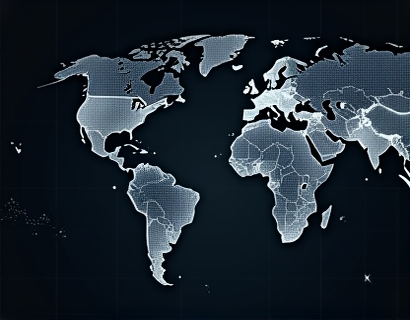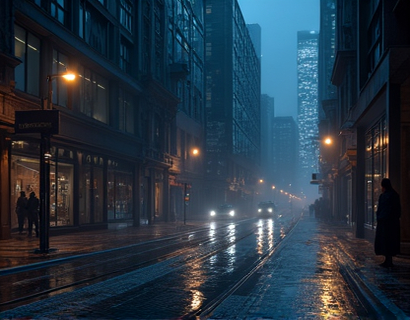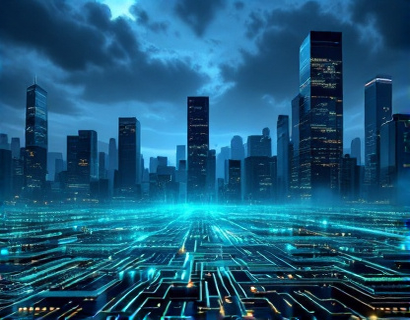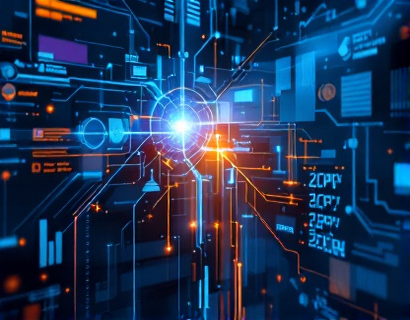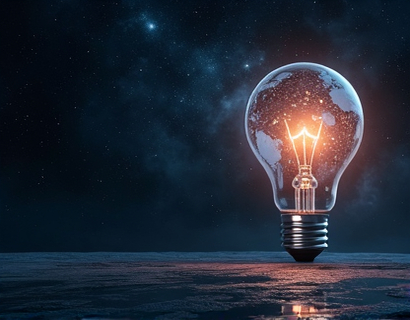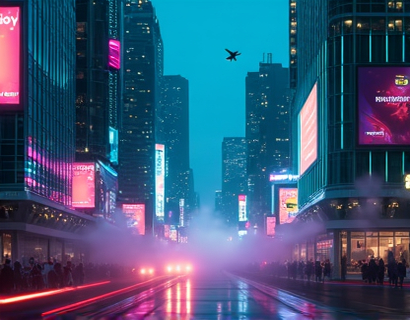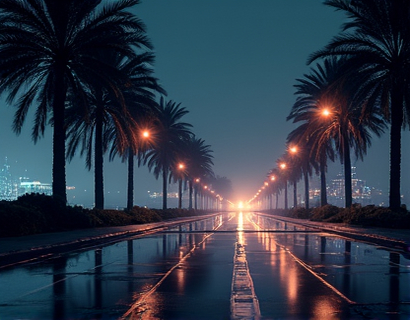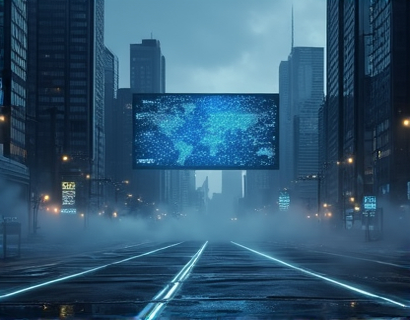Unlocking Artistic Potential: Harness AI to Transform Concepts into Stunning Imagery
In the ever-evolving landscape of creative technology, the integration of artificial intelligence (AI) has opened new avenues for artists and businesses alike. The ability to transform concepts into stunning visual masterpieces is no longer confined to traditional methods. With advanced AI platforms, the process of generating unique, high-quality images has become intuitive and seamless. This article explores how AI is revolutionizing the art creation process, providing insights into its applications, benefits, and the future of creative expression.
The Intersection of Art and Technology
The fusion of art and technology has been a driving force behind many innovations throughout history. From the invention of the camera to digital painting software, each advancement has expanded the boundaries of creative expression. Today, AI stands at the forefront of this evolution, offering tools that empower artists to push their creative limits. By harnessing the power of machine learning algorithms, artists can now generate images that reflect their unique vision with unprecedented ease.
Understanding AI in Art Creation
At its core, AI art generation involves algorithms that analyze vast datasets of images and styles to create new visuals based on user prompts. These algorithms learn from existing artworks, understanding patterns, colors, and compositions. When an artist inputs a concept or idea, the AI processes this information and generates an image that aligns with the provided description. This process not only saves time but also inspires creativity by presenting artists with unexpected interpretations of their ideas.
The Role of Prompts in AI Art Generation
Prompts serve as the foundation for AI-generated art. They can range from simple phrases to detailed descriptions, guiding the AI in its creative process. The more specific and imaginative the prompt, the more tailored the resulting image will be. For instance, a prompt like "a serene landscape at sunset with vibrant colors" will yield a different outcome than "a futuristic cityscape." This flexibility allows artists to experiment with various concepts, leading to a diverse array of visual outputs.
Benefits of Using AI for Artistic Creation
Integrating AI into the artistic process offers numerous advantages for both individual artists and businesses. Here are some key benefits:
- Enhanced Creativity: AI can serve as a source of inspiration, providing artists with new ideas and perspectives that they may not have considered.
- Time Efficiency: The ability to generate high-quality images quickly allows artists to focus on refining their concepts rather than spending hours on manual creation.
- Accessibility: Artists of all skill levels can utilize AI tools, making art creation more accessible to those who may not have traditional training.
- Cost-Effectiveness: Businesses can save on costs associated with hiring multiple artists by using AI to generate unique visuals for marketing and branding.
- Customization: AI platforms often allow for customization, enabling users to tweak and refine generated images to better fit their vision.
Applications of AI in Various Creative Fields
The applications of AI in art creation extend beyond traditional visual arts. Here are some fields where AI is making a significant impact:
Graphic Design
Graphic designers can leverage AI to create logos, marketing materials, and social media graphics. By inputting specific design elements and styles, designers can quickly generate multiple variations, streamlining the creative process.
Fashion Design
In the fashion industry, AI can assist designers in visualizing clothing collections. By generating images of garments based on fabric patterns and styles, designers can experiment with different looks before producing physical samples.
Advertising and Marketing
Businesses can utilize AI-generated visuals for advertising campaigns, social media posts, and promotional materials. The ability to create eye-catching images tailored to specific audiences enhances engagement and brand recognition.
Game Design
Game developers can use AI to create character designs, environments, and assets. By generating diverse visuals, developers can enrich the gaming experience and bring their imaginative worlds to life.
Challenges and Considerations
While the benefits of AI in art creation are substantial, there are also challenges and ethical considerations to address. One major concern is the potential for copyright issues. As AI generates images based on existing artworks, questions arise regarding ownership and originality. Artists must navigate these complexities to ensure their work remains protected.
Additionally, there is the risk of over-reliance on AI tools, which may stifle traditional artistic skills. It is essential for artists to strike a balance between utilizing AI for inspiration and maintaining their unique creative voice.
The Future of AI in Art Creation
The future of AI in art creation is promising, with ongoing advancements in technology paving the way for even more innovative applications. As machine learning algorithms continue to evolve, we can expect AI to produce increasingly sophisticated and nuanced artworks. This evolution will likely lead to new forms of artistic expression, blurring the lines between human creativity and machine-generated art.
Collaborative Art Creation
One exciting possibility is the emergence of collaborative art creation, where artists and AI work together to produce unique pieces. This partnership can lead to a richer creative process, combining human intuition with AI's analytical capabilities. Artists can guide the AI, refining its outputs to align with their vision while benefiting from the AI's ability to generate unexpected ideas.
Personalized Art Experiences
As AI technology becomes more advanced, personalized art experiences may become a reality. Imagine an AI that learns an individual's preferences and creates custom artwork tailored to their tastes. This level of personalization could revolutionize how people engage with art, making it more relevant and meaningful.
Conclusion
The integration of AI into the art creation process marks a new era in creative technology. By unlocking artistic potential, AI empowers artists and businesses to transform concepts into stunning imagery with ease. As we continue to explore the possibilities of AI in art, it is essential to embrace the benefits while remaining mindful of the challenges. The future of creativity is bright, and with AI as a partner, the possibilities are limitless.



